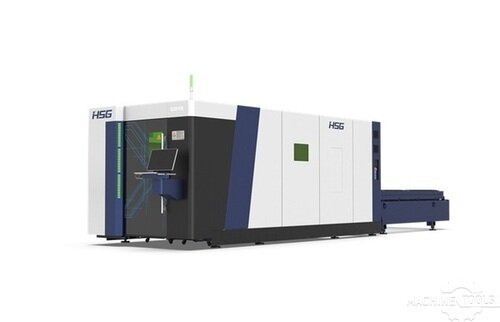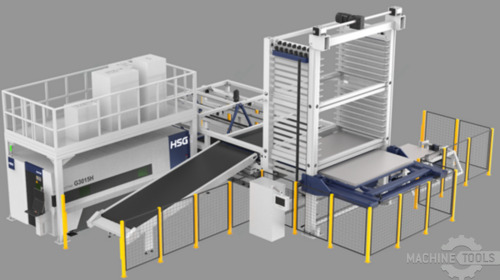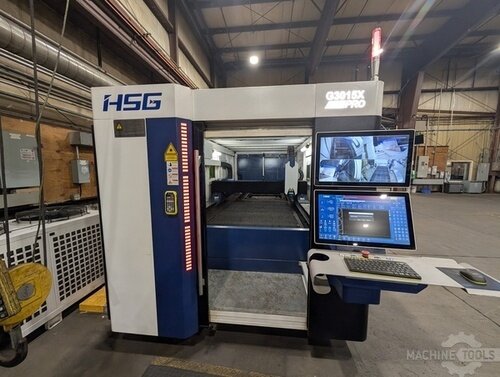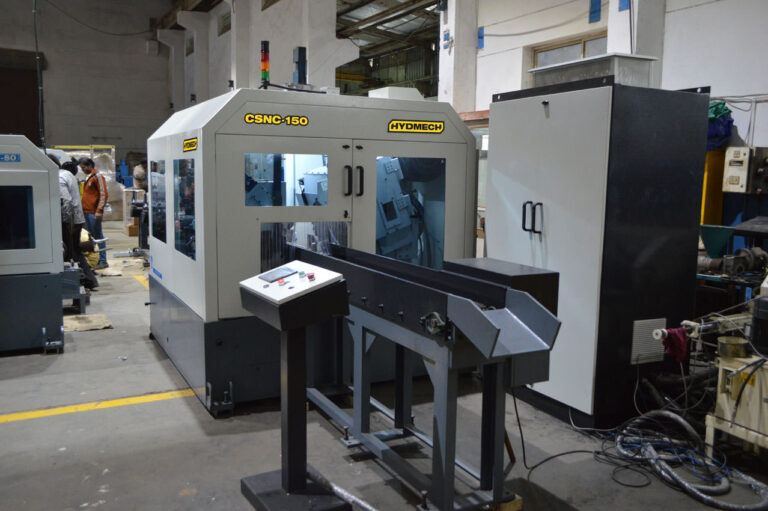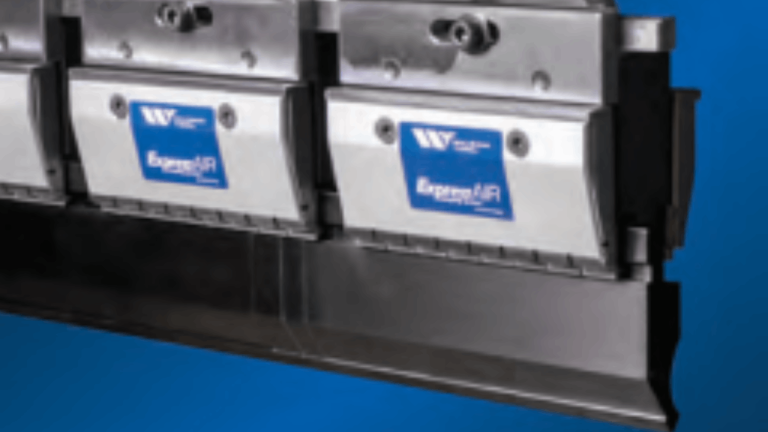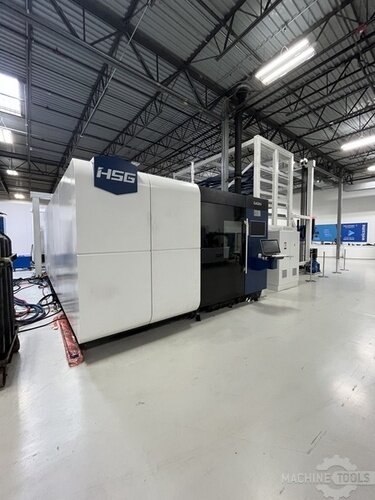In the ever-evolving landscape of metal production, efficiency and precision are paramount. As the VP of Sales at Mac-Tech, I have witnessed firsthand the transformative power of flat lasers in high-volume metal production. This article delves into how flat lasers are revolutionizing the industry, enhancing efficiency, and setting new standards for quality and productivity.
Introduction to Flat Lasers in Metal Production
Flat lasers have emerged as a game-changer in the metal production industry. These advanced systems utilize high-powered laser beams to cut through metal sheets with unparalleled precision and speed. Unlike traditional cutting methods, flat lasers offer a non-contact process, reducing wear and tear on machinery and ensuring consistent quality. This technology is particularly beneficial for high-volume production environments where efficiency and accuracy are critical.
The adoption of flat lasers in metal production is driven by the need for faster turnaround times and reduced operational costs. By leveraging the precision of laser technology, manufacturers can achieve cleaner cuts and minimize material wastage. This not only enhances the overall quality of the final product but also contributes to a more sustainable production process.
Moreover, flat lasers are versatile and can handle a wide range of materials, including steel, aluminum, and titanium. This flexibility makes them an ideal choice for various industries, from automotive to aerospace, where different types of metals are used. The ability to switch between materials without compromising on quality or efficiency is a significant advantage.
At Mac-Tech, we are committed to helping our clients understand the benefits of flat lasers and how they can be integrated into their production processes. Our consultative approach ensures that we provide tailored solutions that meet the specific needs of each client, enhancing their operational efficiency and overall satisfaction.
Key Benefits of Flat Lasers for Metal Efficiency
One of the primary benefits of flat lasers is their ability to deliver high precision cuts. The focused laser beam can cut through metal with minimal heat-affected zones, reducing the risk of warping or distortion. This precision is crucial for industries that require intricate designs and tight tolerances, such as aerospace and medical device manufacturing.
Another significant advantage is the speed at which flat lasers operate. Traditional cutting methods, such as mechanical sawing or plasma cutting, can be time-consuming and labor-intensive. Flat lasers, on the other hand, can cut through metal sheets at a much faster rate, increasing production throughput and reducing lead times. This efficiency is particularly beneficial for high-volume production environments where meeting tight deadlines is essential.
Flat lasers also contribute to cost savings in metal production. The non-contact nature of laser cutting means there is less wear and tear on the machinery, resulting in lower maintenance costs. Additionally, the precision of laser cutting reduces material wastage, further contributing to cost efficiency. These savings can be significant over time, making flat lasers a cost-effective solution for metal production.
Finally, flat lasers offer enhanced safety features compared to traditional cutting methods. The enclosed laser cutting systems reduce the risk of accidents and injuries, creating a safer working environment for operators. This focus on safety, combined with the other benefits, makes flat lasers an attractive option for modern metal production facilities.
HSG G3015X 6KW
HSG-G3015H V2.0-STORE PRO3015 10 SHELF
Technological Advancements in Flat Laser Systems
The field of flat laser technology has seen remarkable advancements in recent years. One of the most notable developments is the integration of automation and robotics. Automated flat laser systems can operate continuously with minimal human intervention, significantly increasing production efficiency. These systems can also be programmed to handle complex cutting patterns, ensuring consistent quality across large production runs.
Another key advancement is the improvement in laser power and beam quality. Modern flat lasers are capable of generating higher power outputs, allowing them to cut through thicker materials with ease. The enhanced beam quality ensures cleaner cuts and reduces the need for secondary finishing processes. This combination of power and precision is a significant leap forward for the industry.
The incorporation of advanced software and control systems has also revolutionized flat laser technology. These systems offer real-time monitoring and diagnostics, allowing operators to detect and address issues promptly. The ability to track performance metrics and optimize cutting parameters ensures maximum efficiency and productivity. Additionally, the integration of IoT (Internet of Things) technology enables remote monitoring and control, providing greater flexibility and oversight.
At Mac-Tech, we stay at the forefront of these technological advancements to provide our clients with the latest and most efficient flat laser systems. Our expertise in automation and precision fabrication allows us to offer solutions that not only meet but exceed industry standards. We work closely with our clients to understand their unique requirements and deliver systems that enhance their production capabilities.
Case Studies: High-Volume Metal Production Success
One of our clients, a leading automotive manufacturer, faced challenges with their traditional cutting methods, which were slow and resulted in significant material wastage. By integrating flat laser systems into their production line, they were able to achieve faster cutting speeds and higher precision. This not only improved their production efficiency but also reduced their overall costs. The client reported a 30% increase in production throughput and a 20% reduction in material wastage within the first six months of implementation.
Another success story comes from the aerospace industry, where a client needed to produce complex components with tight tolerances. Traditional methods were unable to meet the required precision, leading to high rejection rates. After switching to flat lasers, the client experienced a dramatic improvement in quality and consistency. The precision of the laser cuts allowed them to meet the stringent industry standards, resulting in a 40% reduction in rejection rates and a significant boost in customer satisfaction.
In the medical device manufacturing sector, a client was struggling with the limitations of mechanical cutting methods, which were not suitable for the intricate designs required. By adopting flat laser technology, they were able to achieve the necessary precision and produce high-quality components consistently. This transition not only enhanced their production capabilities but also opened up new opportunities for innovation and product development.
These case studies highlight the transformative impact of flat lasers on high-volume metal production. At Mac-Tech, we take pride in our ability to deliver solutions that drive success for our clients. Our consultative approach ensures that we understand the unique challenges and goals of each client, allowing us to provide tailored solutions that deliver tangible results.
Comparing Flat Lasers to Traditional Metal Cutting
When comparing flat lasers to traditional metal cutting methods, several key differences stand out. Traditional methods, such as mechanical sawing or plasma cutting, often involve physical contact with the material, leading to wear and tear on the machinery. This can result in higher maintenance costs and downtime. In contrast, flat lasers offer a non-contact cutting process, reducing the risk of equipment damage and ensuring consistent performance.
Another significant difference is the precision and quality of the cuts. Traditional methods can struggle with intricate designs and tight tolerances, leading to higher rejection rates and the need for secondary finishing processes. Flat lasers, on the other hand, deliver high precision cuts with minimal heat-affected zones, reducing the risk of warping or distortion. This precision is particularly beneficial for industries that require high-quality components, such as aerospace and medical device manufacturing.
The speed and efficiency of flat lasers also set them apart from traditional methods. Mechanical cutting and plasma cutting can be time-consuming and labor-intensive, limiting production throughput. Flat lasers operate at much faster speeds, increasing production efficiency and reducing lead times. This is especially important for high-volume production environments where meeting tight deadlines is crucial.
Finally, flat lasers offer enhanced safety features compared to traditional cutting methods. The enclosed laser cutting systems reduce the risk of accidents and injuries, creating a safer working environment for operators. This focus on safety, combined with the other benefits, makes flat lasers a superior choice for modern metal production facilities.
Future Trends in Metal Production with Flat Lasers
As technology continues to evolve, the future of metal production with flat lasers looks promising. One of the key trends is the increasing integration of automation and robotics. Automated flat laser systems will become more sophisticated, capable of handling even more complex cutting patterns and operating with minimal human intervention. This will further enhance production efficiency and reduce operational costs.
Another trend is the development of more powerful and efficient laser sources. Advances in laser technology will enable flat lasers to cut through even thicker materials with greater precision and speed. This will expand the range of applications for flat lasers, making them suitable for a wider variety of industries and materials.
The incorporation of artificial intelligence (AI) and machine learning (ML) is also set to revolutionize flat laser systems. AI and ML algorithms can analyze vast amounts of data to optimize cutting parameters and predict maintenance needs. This will lead to even greater efficiency and reliability, reducing downtime and ensuring consistent quality.
At Mac-Tech, we are committed to staying at the forefront of these trends and providing our clients with the latest advancements in flat laser technology. Our expertise in automation and precision fabrication allows us to offer cutting-edge solutions that meet the evolving needs of the metal production industry. We look forward to continuing to drive innovation and helping our clients achieve new levels of efficiency and success.
FAQ
What materials can flat lasers cut?
Flat lasers are versatile and can cut a wide range of materials, including steel, aluminum, titanium, and other metals.
How do flat lasers improve production efficiency?
Flat lasers operate at high speeds and deliver precise cuts, reducing lead times and increasing production throughput. They also minimize material wastage and lower maintenance costs.
Are flat lasers safe to use?
Yes, flat lasers offer enhanced safety features, including enclosed cutting systems that reduce the risk of accidents and injuries.
Can flat lasers handle complex cutting patterns?
Absolutely. Modern flat laser systems are equipped with advanced software and control systems that can handle intricate designs and tight tolerances.
What industries benefit the most from flat laser technology?
Industries such as automotive, aerospace, and medical device manufacturing benefit significantly from the precision, speed, and efficiency of flat laser technology.
How do flat lasers compare to traditional cutting methods?
Flat lasers offer several advantages over traditional methods, including higher precision, faster cutting speeds, reduced maintenance costs, and enhanced safety features.
What are the future trends in flat laser technology?
Future trends include increased automation and robotics, more powerful and efficient laser sources, and the incorporation of AI and machine learning for optimized performance.
The integration of flat lasers into high-volume metal production is not just a technological upgrade; it’s a strategic move towards greater efficiency, precision, and cost-effectiveness. At Mac-Tech, we are dedicated to providing our clients with the best solutions to meet their unique needs. If you’re ready to enhance your metal production capabilities with flat lasers, we invite you to reach out to us for a consultation. Together, we can drive your success to new heights.
Get Weekly Mac-Tech News & Updates

